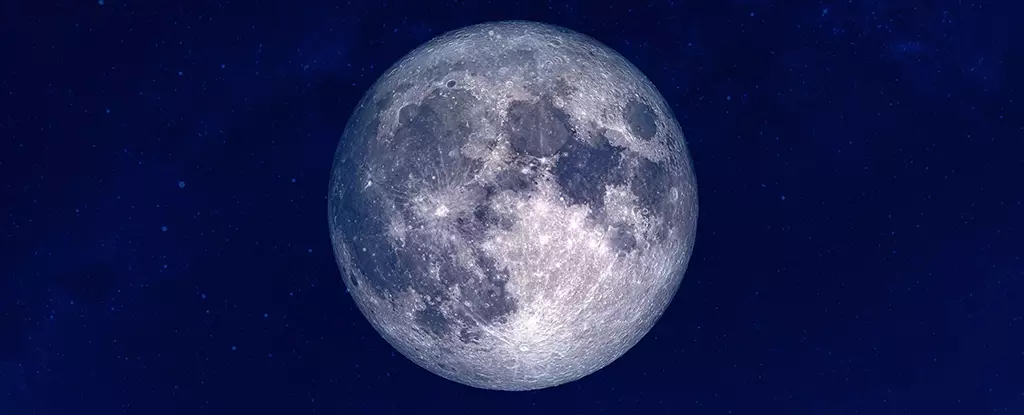As humanity strides further into the realm of space exploration, the need for efficient and standardized systems on celestial bodies has become increasingly evident. Missing a train or bus can derail one’s day, but imagine missing your spacecraft home. NASA is addressing this profound concern by working on the establishment of Coordinated Lunar Time (LTC) for Moon missions—a groundbreaking initiative designed to streamline operations in our lunar endeavors.
The introduction of Coordinated Lunar Time is not just an administrative task but a critical move towards ensuring robust and sustainable operations on the Moon. As the commercial space industry expands and more nations plan missions to our celestial neighbor, the urgency for a universally accepted timekeeping system on the Moon escalates. Ben Ashman, a prominent aerospace engineer at NASA’s Space Communications and Navigation (SCaN) team, highlights this need: “A shared definition of time is an important part of safe, resilient, and sustainable operations.” This statement encapsulates the essence of LTC; it stands as a bridge connecting the myriad of activities planned on the Moon, from scientific exploration to potential long-term habitation.
One of the fascinating yet complex issues in establishing lunar time lies in the intricacies of time perception governed by physics. Atomic clocks, used both on Earth and proposed for the Moon, rely on very precise measurements involving electron transitions within atoms. However, due to the variances in gravity between Earth and the Moon, these clocks will not tick at the same rate. A lunar clock will gain approximately 56 microseconds every day. For context, this seemingly trivial discrepancy can amount to a staggering miscalculation over time—fancy traveling the distance equivalent to 168 football fields based purely on flawed timing!
Cheryl Gramling, a seasoned engineer at NASA, underscores the importance of addressing these differences: “If someone is orbiting the Moon, an observer on Earth who isn’t compensating for the effects of relativity over a day would think that the orbiting astronaut is approximately 168 football fields away from where the astronaut really is.” This statement evokes the need for precise synchronization, highlighting the intricate interplay of physics that must be meticulously addressed.
To mitigate these temporal discrepancies, NASA researchers are formulating mathematical models that will assist in harmonizing timekeeping between Earth and the Moon. This endeavor’s implications extend far beyond our satellite; scientists believe that solutions developed for the Moon could be applicable across the Solar System. Picture a future where video calls to astronauts on Mars are as seamless as those made on Earth—this is one of the optimistic visions put forth with LTC’s successful implementation.
The anticipated challenges will not just test our engineering capabilities but will also enhance our understanding of time as a fundamental aspect of the universe. The collaborative efforts among NASA, governmental bodies, commercial partners, and international organizations will create a solid framework around which future lunar missions can be scheduled and executed.
This innovation aligns closely with NASA’s Artemis project, aimed at laying the groundwork for a sustained human presence on the Moon. The Artemis program seeks to enhance our capabilities for deep space exploration while fostering the next generation of explorers, scientists, and innovators. Anticipation is mounting for the planned trip in 2026, which seeks to land the first woman and the first person of color on the lunar surface—an event poised to symbolize inclusivity and progress in space exploration.
Through the establishment of Coordinated Lunar Time, NASA is setting the stage for not only ensuring operational efficiency but also for paving the way for a future where the Moon serves as a launchpad for even deeper space exploration. By addressing the complexities of time, NASA is reaffirming its commitment to advancing humanity’s presence beyond Earth, one synchronized second at a time.



Leave a Reply